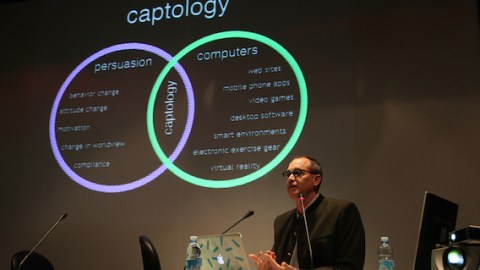Models to Know: Fogg Behavior Model

Today I want to share the most powerful and useful model of behavior that I’ve ever encountered: The Fogg Behavior Model. There have been few other ideas that have impacted the way I think and see the world as much as this simple, yet devilishly useful, model.
The Fogg Behavior Model states that three things need to come together in order for a behavior to occur:
If an ample degree of motivation to perform a behavior is matched with the ability to do that behavior, all that is then needed for the behavior to occur is a reminder or call-to-action (a trigger).
Anytime you want to better understand why a behavior isn’t occurring, all you have to do is simply walk down the list and ask:
Often, the problem is obvious at this point. But, sometimes, you need to dig a bit deeper into each of the different elements, especially ability.
To do this, BJ created what he calls the “Six Elements of Simplicity” (or Ability):
You can look at each of these elements as ability blockers – things that reduce one’s ability.
Time: You have more ability to perform a behavior that takes very little time versus one that takes a lot of time.
Money: You have more ability to perform a behavior that costs very little money versus one that costs a lot of money.
Physical Effort: You have more ability to perform a behavior that requires little physical effort and strain versus one that requires a lot of physical effort and strain.
Mental Cycles: You have more ability to perform a behavior that is not mentally fatiguing or challenging versus one that is.
Social Deviance: You have more ability to perform a behavior that is socially acceptable versus one that isn’t.
Non-Routine: Your ability to perform a given behavior will change over time, and will have a greater ability to perform behaviors that are routine (versus behaviors that are non-routine).
The goal with each of these “Elements of Simplicity” is to minimize them as much as possible. You want to design quick and physically/mentally easy behaviors that don’t cost a lot of money or violate any social norms. This is easier said than done.
Before you go down this path of optimizing ability and motivation, however, I recommend that you do something very simple: make sure that you’re triggering the behaviors you want to occur. We live extremely busy and hectic lives and are in habit-mode most of the time. If we want to break out of our habitual machinations and do something new, we need to be reminded. This is why triggers are so important. They can be as simple as text messages, emails, or post it notes (or as complicated as a visit from a life coach or personal trainer).
If you trigger yourself properly, make sure that your behaviors are as simple as possible, and make sure that you’re doing something you really care about (motivation), the path towards behavior induction will be simple. If you don’t follow these things… well that’s a story for another article.





